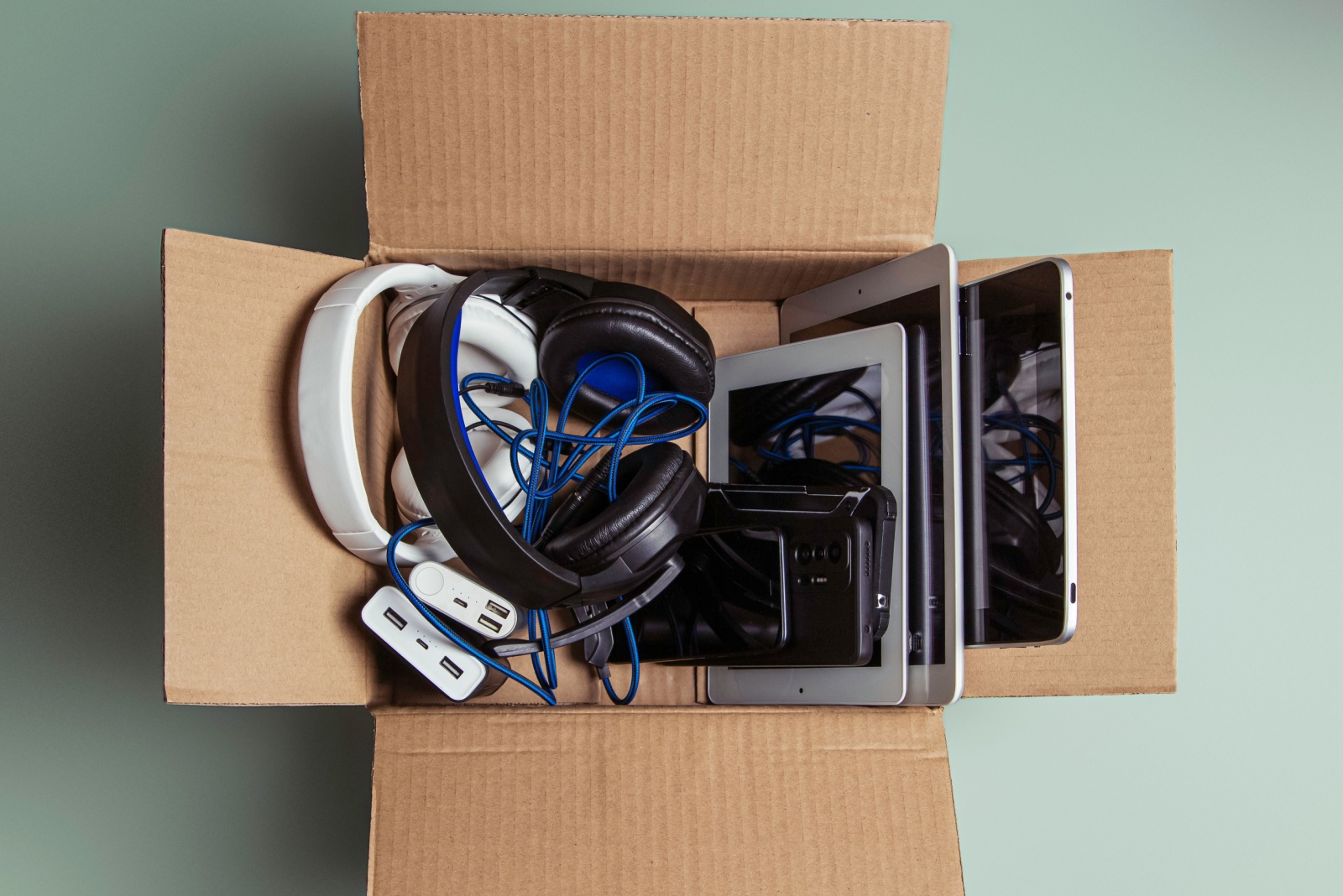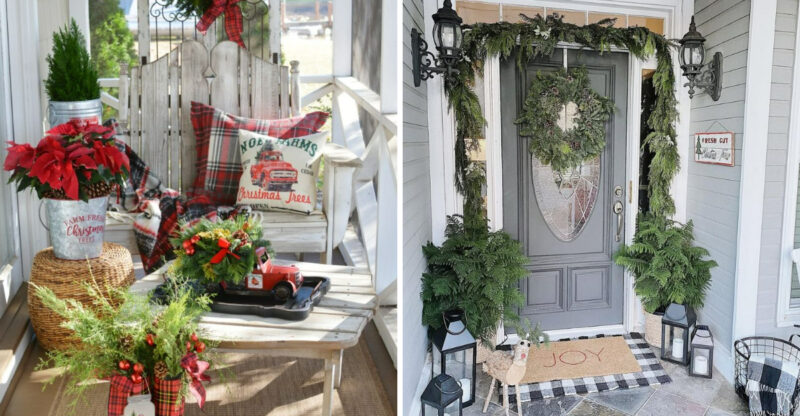Household Items Boomers Tend To Keep Around

Have you ever peeked into your parents’ or grandparents’ garage and wondered why they keep so much stuff? Boomers grew up in a time when things were made to last, and throwing away perfectly good items felt wasteful.
They hold onto household goods that younger generations might toss without a second thought. Understanding these habits gives us insight into a generation shaped by thrift and practicality.
This article reflects general observations and trends and may not apply to every individual from the Baby Boomer generation.
1. Glass Jars And Containers
Every empty pasta sauce jar becomes a treasure worth saving. Boomers wash them carefully and store them in cabinets, creating an impressive collection over the years. These jars serve countless purposes, from storing leftovers to organizing buttons and screws.
Growing up during times when reusing was essential, this generation learned never to waste good containers. Glass jars cost nothing and last forever, making them the perfect storage solution. Why buy expensive containers when you already have perfectly good ones?
Younger folks might recycle them immediately, but Boomers see potential in every jar.
2. Furniture They No Longer Use
That dining table from 1978 still sits in the basement, even though nobody uses it anymore. Boomers remember when furniture was built to last generations, not just a few years. Solid wood construction and quality craftsmanship made these pieces valuable investments.
Letting go feels impossible when the furniture holds so many memories of family dinners and celebrations. Plus, you never know when someone might need it! Maybe a grandchild moving into their first apartment could use that dresser.
Storage space gets sacrificed to preserve these relics of better-made times.
3. Kitchen Gadgets And Utensils
Drawers overflow with specialized tools for every imaginable cooking task. Boomers accumulated these gadgets from wedding showers, infomercials, and department store sales over decades. Each device promised to revolutionize meal preparation, from avocado slicers to egg separators.
Though many rarely get used, throwing them away seems wasteful when they still work perfectly fine. That banana slicer might come in handy someday! Kitchen storage becomes a museum of cooking innovation spanning forty years.
Younger generations prefer multipurpose tools, but Boomers appreciate having the right gadget for every job.
4. Wrapping Paper And Gift Bags
Closets hide mountains of gift bags carefully folded and saved from birthdays past. Boomers smooth out wrinkled tissue paper and roll up used ribbons for future gifts. Why purchase new wrapping supplies when you have a perfectly good stash already?
This habit stems from practical thinking and resourcefulness ingrained during their upbringing. Gift bags can be reused indefinitely if handled with care. Some bags have circulated among family members for years, becoming inside jokes at gatherings.
Modern gift-givers might grab fresh bags each time, but Boomers find satisfaction in recycling.
5. Holiday Decorations
Attics groan under the weight of decoration boxes accumulated since the 1970s. Each ornament carries a story, from the kids’ handmade crafts to souvenirs from memorable vacations. Boomers display the same decorations year after year, creating comforting traditions for their families.
Throwing away holiday items feels like erasing precious memories and family history. Those slightly damaged ornaments still deserve a spot on the tree! Storage space becomes dedicated to museums of seasonal celebrations spanning decades.
Minimalist decorating trends don’t tempt this generation to downsize their festive collections.
6. Paper Documents And Receipts
Filing cabinets burst with documents dating back to the Reagan administration. Boomers keep every receipt, warranty, and instruction manual ever received. Tax returns from 1985 still occupy prime storage real estate, just in case the IRS comes calling.
Growing up before digital storage, paper documentation was the only way to protect yourself legally and financially. What if you need proof of that appliance purchase from 1992? Shredding seems risky when you might need those records.
Cloud storage hasn’t convinced this generation to abandon their paper trail of life documentation.
7. Craft Supplies
Entire rooms dedicate themselves to craft supplies that might prove useful for future projects. Yarn from the 1980s waits patiently for the perfect knitting project. Fabric scraps, buttons, and ribbons fill bins organized by color and type.
Boomers learned to save materials because buying new supplies for every project was expensive and wasteful. Creativity flourishes when you have abundant resources available! Those beads might inspire a grandchild’s art project someday.
Craft stores tempt with new supplies, but the home stash already contains everything needed for most projects.
8. Cookware And Bakeware
Cabinets overflow with pots and pans accumulated from different life stages. That cast iron skillet from their wedding still cooks better than anything modern! Boomers own multiple cake pans in every conceivable shape, from bunnies to castles.
Quality cookware was expensive, so they invested in pieces meant to last forever. Why replace something that still works perfectly? Each piece represents a different era of family cooking and baking traditions.
Modern non-stick pans might be convenient, but nothing beats the reliability of well-seasoned vintage cookware in their kitchens.
9. Table Linens And Napkins
Linen closets resemble fabric stores with tablecloths for every possible occasion. Cloth napkins from the 1970s still get ironed and used for Sunday dinners. Boomers remember when setting a proper table meant using real linens, not paper products.
These textiles represent an era when entertaining required elegance and attention to detail. Grandma’s embroidered tablecloth carries too much sentimental value to discard! Each set tells stories of holidays, anniversaries, and special family gatherings.
Disposable culture hasn’t replaced their commitment to traditional table settings and reusable linens.
10. Old Electronics And Cords
Mystery cords fill entire drawers, their original devices long forgotten or discarded. Boomers save every charger and cable just in case they need it someday. That pile includes phone chargers for flip phones discontinued fifteen years ago!
Technology evolved rapidly, but the habit of keeping functional items remained constant. What if you need that specific cord later? Better safe than sorry becomes the guiding principle. Old cameras, VCRs, and answering machines also find permanent homes in closets.
Digital natives might laugh, but Boomers value preparedness over minimalism in their tech storage.
11. Serving Dishes And Platters
China cabinets showcase serving pieces collected from weddings, inheritances, and special purchases over fifty years. Crystal bowls, silver platters, and ceramic dishes wait patiently for their annual Thanksgiving appearance. Boomers own enough serving dishes to host banquets, even if they rarely entertain anymore.
These pieces represent investments in hospitality and family traditions. What if all the kids come home for the holidays? You need enough dishes! Each platter holds memories of meals shared and celebrations enjoyed.
Minimalist dining hasn’t convinced them to part with their impressive serving collection.
12. Decorative Vases And Bowls
Shelves display vases and bowls collected from vacations, gifts, and home decor phases spanning decades. Crystal pieces from the 1980s share space with ceramic bowls from more recent years. Each decorative item seemed essential at the time of purchase!
Boomers rotate these pieces seasonally, creating fresh looks without buying new decor. That vase might be perfect for next spring’s flowers. Sentimental attachments make discarding impossible, even when storage space runs low.
Modern minimalist aesthetics don’t appeal to those who appreciate having decorative options for every mood and season.
13. Storage Bins And Baskets
Garages house collections of empty storage containers waiting for future organizational projects. Plastic bins from every decade nest inside each other like Russian dolls. Wicker baskets accumulate faster than anyone can find uses for them!
Boomers buy storage solutions to organize their stuff, then need more storage for the storage containers. Each bin represents good intentions to finally get organized. Those baskets might be perfect for a future project or gift!
Ironically, storing empty containers creates the very clutter they were meant to eliminate from homes.






